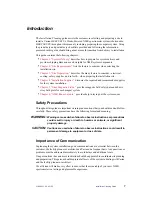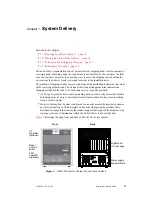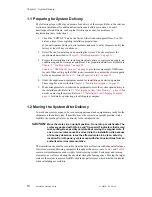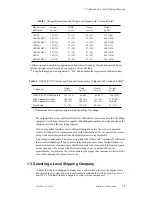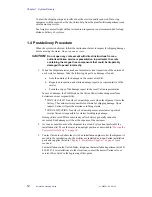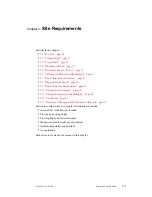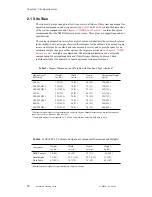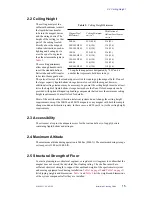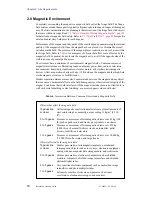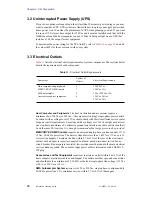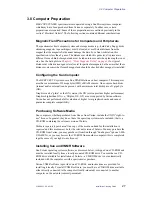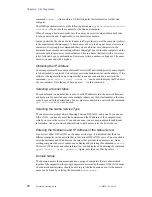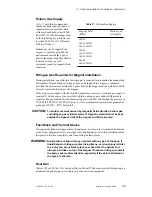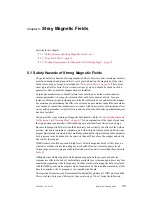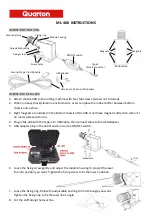
Chapter 2. Site Requirements
20
Installation Planning Guide
01-999021-00 A0100
2.10 Electrostatic Discharges
When selecting an installation site, remember that electrostatic discharges can result in loss
of data and damage to the equipment. Electrostatic discharges under 8 kV generally do not
result in any perceivable errors or problems. Discharges over 8 kV, however, might result
in loss of data and/or errors that are perceivable to the operator. Discharges over 25 kV can
cause damage to the equipment.
To prevent electrostatic discharge damage, the system should be installed on vinyl-covered
floors and be properly grounded. If carpeting is installed, the carpet should contain only a
small percentage of nylon and be installed over antistatic pads. Alternatively, regular use of
a good quality antistatic spray will help considerably in alleviating the problem. Whenever
a circuit board must be touched or handled, the person should wear grounded wrist straps.
CAUTION:
Many components in the system contain highly sensitive electronic
devices that must be protected from electrostatic discharges by
proper floor coverings and grounding practices. A person walking
across a nylon carpet or wearing synthetic fabrics can generate an
electrostatic charge that can discharge to the next object that is
touched. If this happens to be the system, the system components can
be damaged. An overly dry atmosphere also tends to create an
electrostatic charge. As with any system based on integrated circuits,
the system is susceptible to static spikes, both those generated on the
power line and those generated in the lab area, that must be
suppressed.
2.11 Ambient Temperature and Humidity
lists the required ambient temperature ranges, temperature stability, and humidity
levels for the site. For optimal performance, the ambient temperature around the magnet
should not vary. Magnet homogeneity is optimized if the ambient temperature stability
listed in
is maintained for the duration of an experiment and between shimming.
Sunlight should never shine on the magnet or the area surrounding the magnet.
If necessary, install an air conditioning system to maintain these conditions. Keep the air
conditioning system operating continuously to stabilize the temperature and humidity
surrounding the spectrometer. The air flow from the room heating and cooling system must
not blow on the magnet. Do not allow moisture to collect on, in, or around the system.
Table 8. Ambient Temperature and Relative Humidity
Mode
Temperature
Relative Humidity
°
C
°
F
Noncondensing
Operational
17 to 24
60 to 75
20% to 80%
Optimum
20
68
40% to 60%
Stability
±
1.1
±
2.0
Non-operational
Entire system
–40 to 60
–40 to 140
8% to 80%
Floppy disks
10 to 52
50 to 125
8% to 80%


